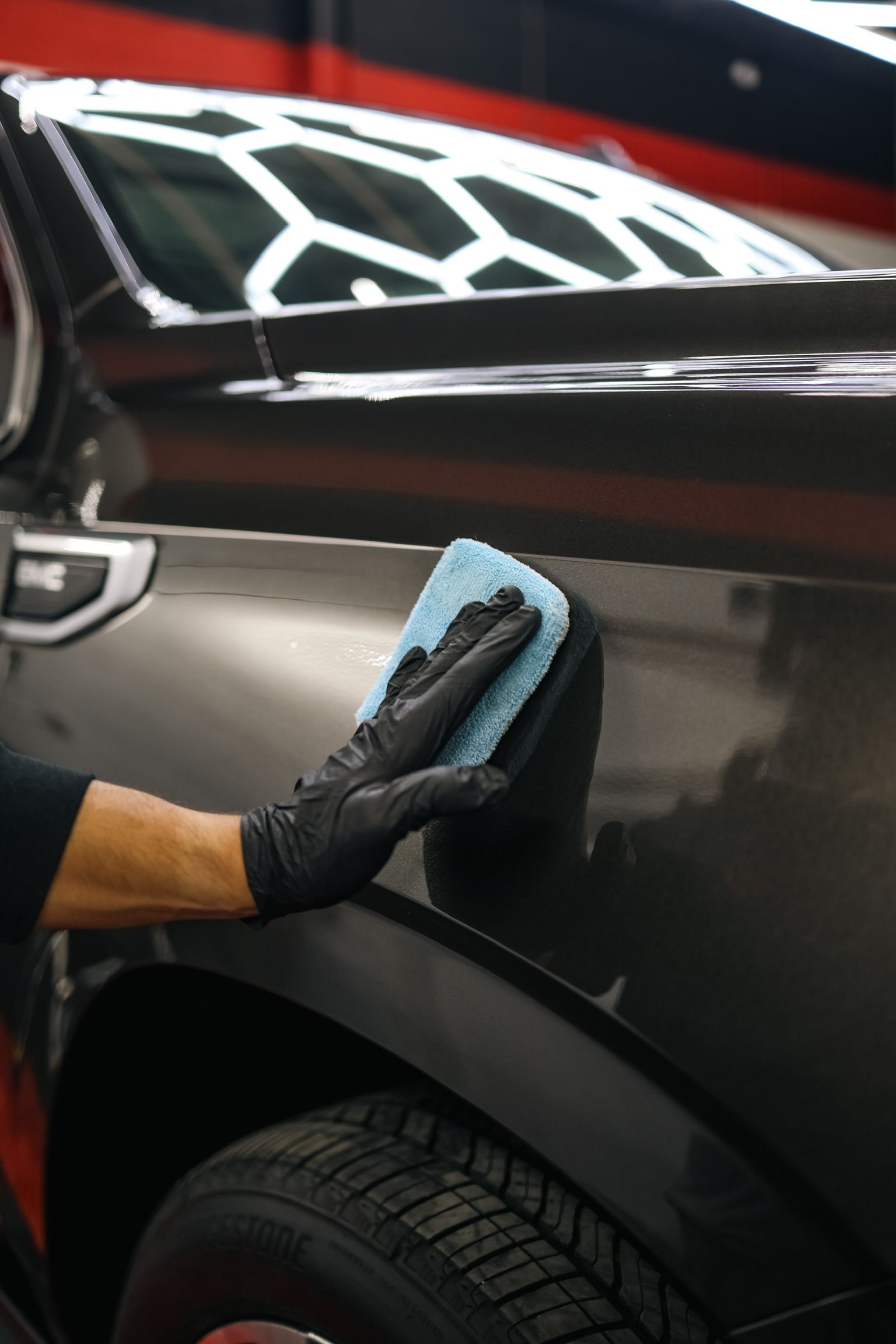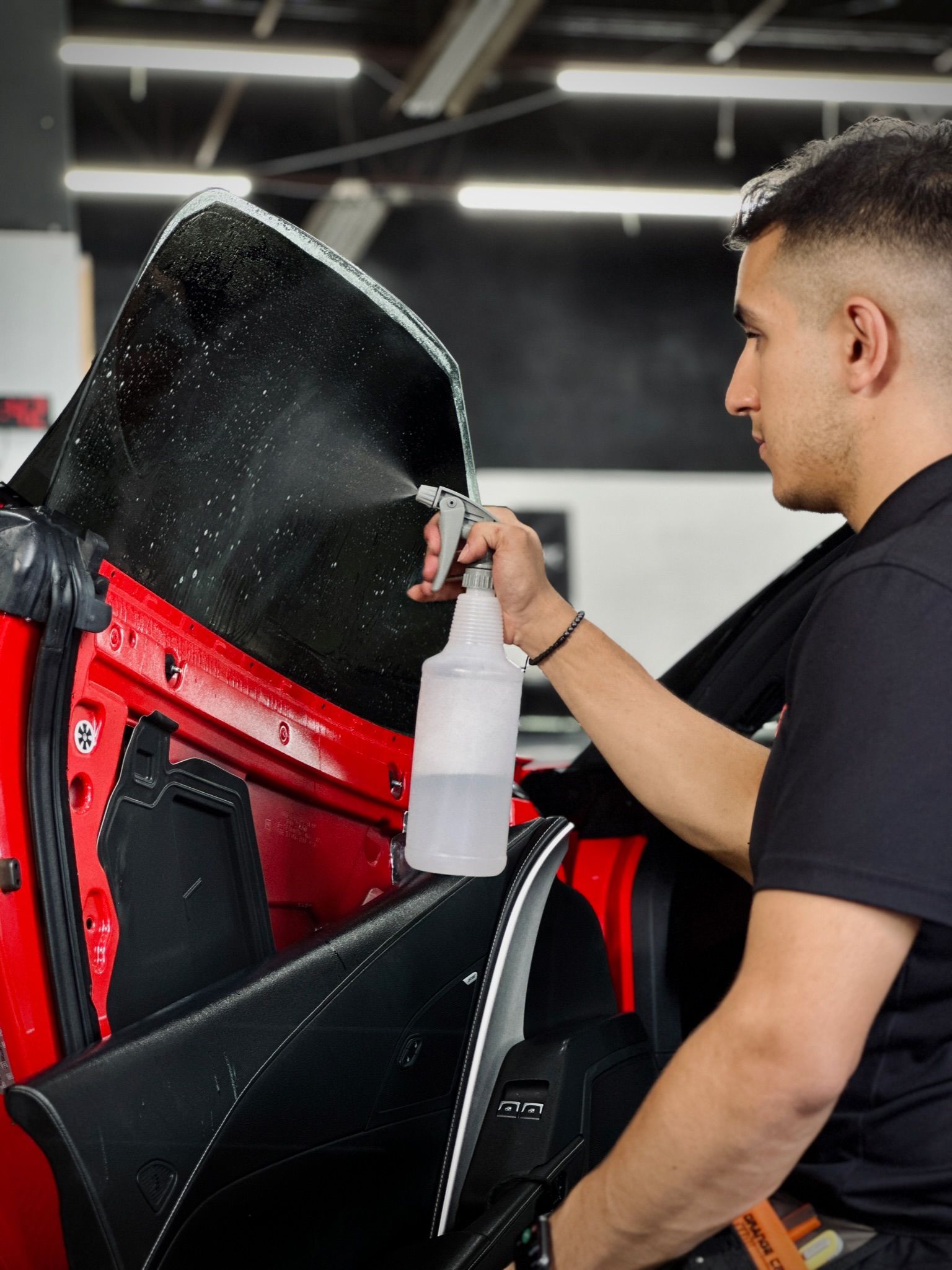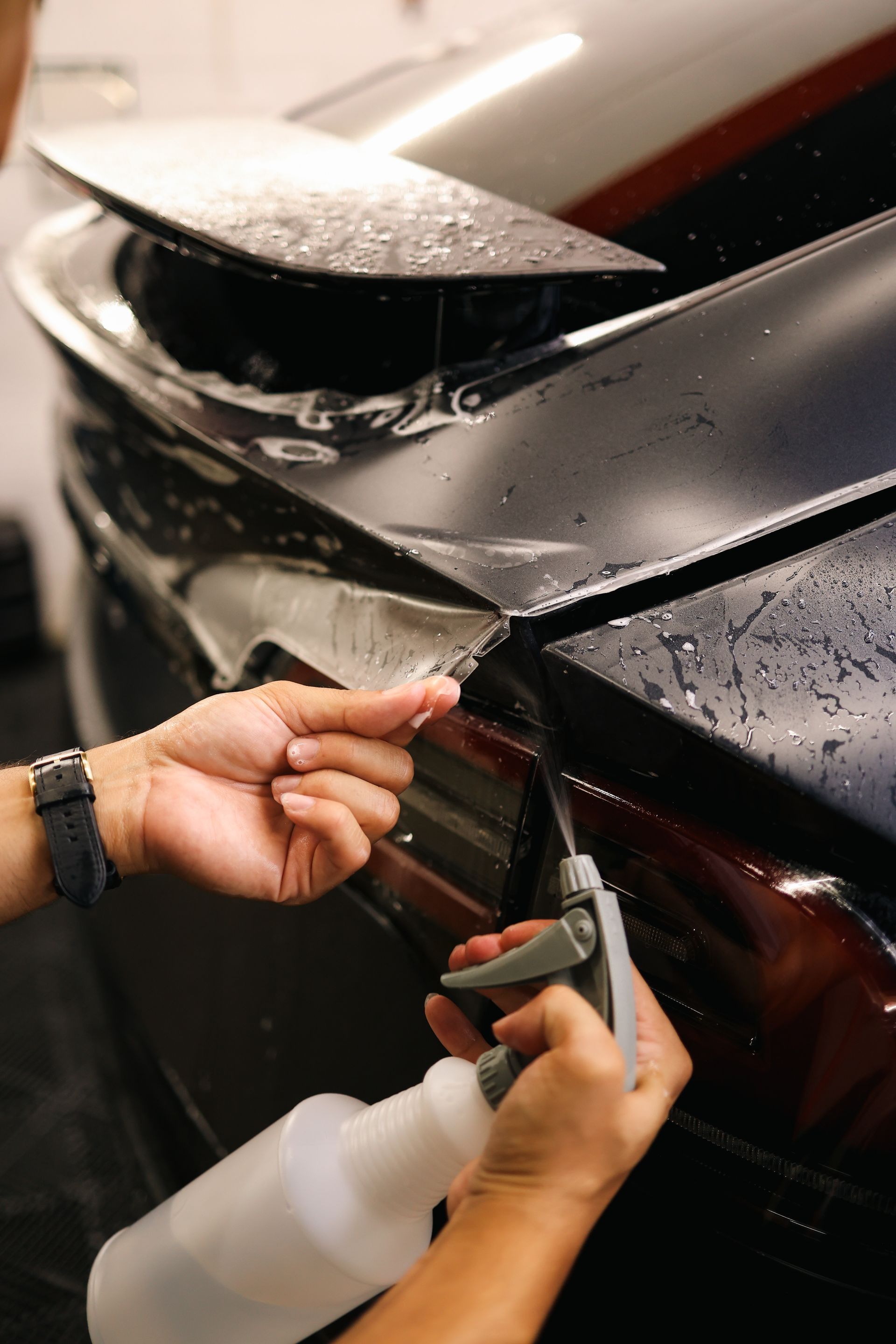The Environmental Impact of Window Tinting: What You Should Know
When you think about enhancing your vehicle, window tinting might not be the first thing that comes to mind; however, it’s more than just an aesthetic choice. While many people get their car windows tinted for style and privacy, there’s a hidden benefit that can positively impact our environment. Auto window tinting plays a significant role in energy conservation by reducing heat from the sun, leading to less reliance on air conditioning. This means not only greater comfort during those sweltering summer days but also lower fuel consumption and greenhouse gas emissions over time. As we dive deeper into the environmental impacts of auto window tinting, you might be surprised at how this simple upgrade can align with sustainability efforts and promote a healthier planet.
The environmental impact of auto window tinting is largely positive; it reduces energy consumption by blocking heat and minimizing reliance on air conditioning, which leads to improved fuel efficiency and lower greenhouse gas emissions. Additionally, window tinting protects interior components from UV damage, extending the vehicle's lifespan and potentially reducing waste associated with manufacturing new vehicles.
Environmental Benefits of Window Tinting
One of the most significant advantages of car window tinting is its ability to reduce energy consumption. Tinted windows play a crucial role by blocking a substantial amount of the sun's heat from entering the vehicle. According to research conducted by the U.S. Department of Energy, window tinting can decrease air conditioning usage by approximately 30%. This means your vehicle doesn't have to work as hard to cool itself down during those scorching summer days. The result is improved fuel efficiency and a meaningful reduction in greenhouse gas emissions. By applying a tint, you’re indirectly participating in efforts to combat climate change—an essential step towards a sustainable future.
However, the benefits extend beyond energy efficiency; they include protecting your vehicle's interior.
Window tinting serves as an effective barrier against harmful UV rays, blocking up to 99% of them from penetrating your car’s interior. This protective feature not only safeguards passengers' skin from potential damage but also significantly preserves the condition and longevity of upholstery and dashboard materials. Every scratch, fade, or tear on your interior is not just an issue for aesthetics—it represents resource waste, too. By reducing wear and tear on these components, window tinting cuts down on the need for repairs or replacements. This means fewer resources are consumed in manufacturing new materials, aligning with broader sustainability goals.
When we consider maintaining vehicle components through tinting, we must also acknowledge how it can extend the lifespan of our vehicles.
A well-maintained car lasts longer, and window tinting plays its part in this equation. With reduced clutter and better-preserved interiors, vehicles remain functional and appealing over time. Imagine needing fewer repairs and replacements: that's less waste produced—not only do you get to enjoy your vehicle for years longer, but you also contribute less overall waste to landfills. Studies indicate that vehicles with window tinting can have a lower carbon footprint, potentially reducing CO₂ emissions by up to 1,000 pounds over their lifetime.
As we explore how this technology impacts the longevity of vehicles, let's transition into examining eco-friendly materials that further enhance sustainability efforts in automotive practices.
Sustainable Tint Materials
The sustainability of window tint materials has come a long way, and today's advancements can significantly impact environmental preservation. A growing number of manufacturers are now embracing innovative ways to create non-toxic films that serve both functionality and ecological responsibility. These modern films have emerged not only for their superior performance but also for their reduced environmental footprint.
Choosing Non-Toxic Films
Many of the latest tint films on the market are crafted from non-toxic, recyclable materials. For example, some ceramic tint films incorporate natural compounds, making them easier to decompose compared to traditional polyester-based films. This change is crucial because it decreases landfill waste, ensuring that once the lifespan of the film is over, it won't contribute to long-term pollution levels.
In addition, since these materials are less toxic, they release fewer harmful chemicals into the environment during their manufacturing process. By choosing non-toxic films, consumers play an integral role in promoting healthier living spaces and contributing positively to our planet's ecosystem.
While non-toxic options make significant strides in sustainability, there are also exciting developments on the recycling front.
Recycled Materials
Another impressive leap in sustainable window tint technology comes from using recycled materials. Many forward-thinking manufacturers have begun utilizing recycled polyester in creating new tint films. This practice effectively reduces the overall demand for new raw materials and conserves energy during production processes. Opting for tints made with recycled material mitigates resource depletion while supporting a circular economy where products and materials continually cycle through use.
Not only does this choice help lessen the carbon footprint associated with manufacturing brand-new materials, but it also sends a strong message about consumer preferences leaning toward environmentally friendly products. Furthermore, many consumers might not realize that the strength and durability of these recycled tints often match or surpass that of conventional materials.
By addressing both non-toxic and recycled options, stakeholders in the industry are taking critical steps toward a greener future, setting the stage for further discussions on how these practices enhance energy performance and yield financial benefits.
UV Protection and Ecosystem Health
UV radiation carries significant weight beyond just affecting individuals inside their vehicles; its impacts ripple through our environment. Studies have evidenced that auto window tinting can block substantial amounts of UV-A and UV-B rays. The Skin Cancer Foundation highlights that quality tint films can cut out up to 99% of harmful UV rays. This not only helps shield occupants from skin damage but also protects the delicate balance of our ecosystems outside the vehicle.
The implications of reducing UV exposure are profound. For instance, it is well-documented that high levels of UV radiation can cause a 50% reduction in photosynthesis for certain plant species, leading to diminished plant health and overall ecosystem vitality. Think about it: if plants can't thrive, the animals relying on them for food will struggle too. It's a cascading effect that begins with something as seemingly minor as window tint.
Likewise, research indicates a concerning trend where increased mortality rates among amphibian populations are linked to heightened UV exposure environments. Specifically, studies show that these species can experience up to a 20% increase in mortality due to UV rays affecting their habitats. Therefore, by blocking harmful rays with window tinting, we do more than shelter ourselves; we contribute positively to environmental welfare.
By mitigating harmful ultraviolet radiation, window tinting acts as an indirect safeguard for our ecosystems. As fewer materials degrade due to sunlight exposure, there's less strain on our natural resources and a healthier environment overall. It extends beyond just car interiors: protecting our surroundings is an investment in sustainability and biodiversity.
Keeping this context in mind, it’s not just about employing window tints for personal comfort or vehicle aesthetics; it is about a conscious effort toward reducing humanity’s footprint on the planet. When selecting your window film, consider options that emphasize both high UV-blocking capabilities and environmentally sustainable practices during manufacturing.
As we transition into understanding the frameworks governing these practices, it's vital to explore how regulations influence the use and effectiveness of these protective measures.
Choosing Eco-Friendly Tinting Options
Navigating the myriad of window tint options available today can feel overwhelming. Fortunately, numerous eco-friendly choices cater not only to your aesthetic and functional needs but also prioritize sustainability. The first step is recognizing that not all window tints are created equal; some carry a much lower environmental impact than others.
Professional Services
When selecting a provider for window tinting, it’s essential to seek out professionals who explicitly emphasize sustainable practices. A reputable service will offer tinting films made from eco-conscious materials, such as those made from recycled plastics or natural resources. Furthermore, they should follow minimal waste practices during installation, respecting both your vehicle and the planet. Choosing a professional who embraces these principles shows that you care about the environmental impact of your vehicle modifications while still achieving desired performance benefits.
Beyond employing expert services, consumers play a pivotal role in selecting products that align with eco-friendly standards.
Consumer Choices
When searching for window tinting options, aim to opt for certified eco-friendly materials that bear reputable sustainability certifications. It’s crucial to verify the sustainability claims of the product and look for transparency in how materials are sourced and produced. Always choose providers known for their integrity and transparency in methods, ensuring they adhere to eco-conscious practices without cutting corners.
Consumer choices combined with the right professional help pave the path towards a sustainable future.
Online Resources
To further assist you in embracing these eco-friendly choices, I encourage you to visit our website at Orozco’s Auto Detailing. There, you'll find an array of helpful tips for selecting sustainable products and locating professional services committed to environmental considerations.
By making informed decisions about window tinting, you’re not just improving your vehicle's comfort and style—you're actively contributing to a healthier planet for future generations. Each small choice adds up, illustrating that sustainability is accessible and beneficial for both car owners and the environment alike. Call us at (313) 888-3822 or reach out through
this link.
SHARE WITH YOUR FRIENDS

Signs Your Ceramic Coating Is Failing: How to Restore, Maintain, and Protect Your Finish in Michigan












